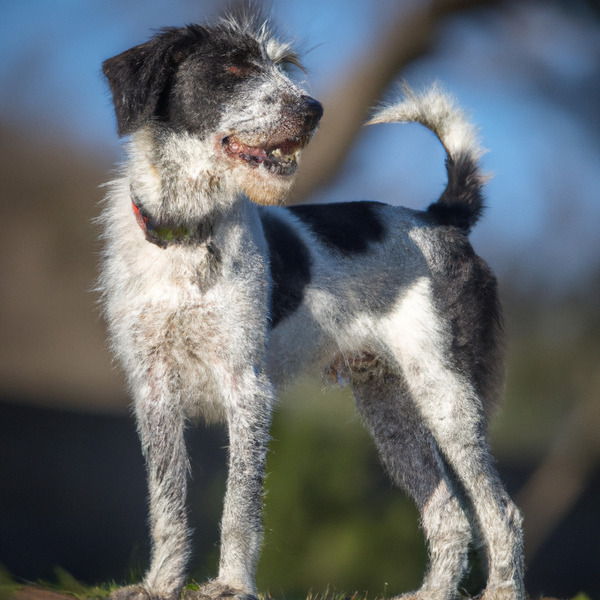Italian-Bichon vs. Japanese Terrier: Breed Differences and Similarities
Hypoallergenic
Are Italian-Bichons or Japanese Terriers hypoallergenic, or neither?
While no dogs are truly 100% hypoallergenic, Italian-Bichons are about as close as it gets, making them an ideal pet if you are an allergy sufferer.
Unfortunately, the Japanese Terrier is not hypoallergenic, making it not a good choice for a dog lover who suffers from pet allergies.
Temperament
What are the personalities of Italian-Bichon and Japanese Terrier dogs?
Playful
Agile
Sensitive
Intelligent
Affectionate
Gentle
Companionable
Cheerful
Athletic
Mischievous
Active
Cheerful
Swift
Affectionate
Lively
Vigilant
Shedding Level
Do Italian-Bichons shed more than Japanese Terriers, or which breed sheds more, Italian-Bichons or Japanese Terriers?
Italian-Bichons are low shedding dogs, requiring minimal coat care.
Japanese Terriers are moderate shedders, but regular brushing can reduce shedding and maintain coat health.
Watchdog Ability
Which dog breed makes a better watchdog, the Italian-Bichon or Japanese Terrier?
Avoid Italian-Bichons as watchdogs - they're not effective.
Japanese Terriers make excellent watchdogs - they're vocal and protective of their territory.
Ancestry
What are the origins of Italian-Bichon and Japanese Terrier breeds?
Bichon Frise and Italian Greyhound
Smooth Fox Terrier, German Pinscher, Kobe Terrier
Breed recognition
Which kennel clubs recognize/register Italian-Bichon and Japanese Terrier?
ACHC = American Canine Hybrid Club
DBR = Designer Breed Registry
DDKC = Designer Dogs Kennel Club
DRA = Dog Registry of America, Inc.
ACA = American Canine Association Inc.
DRA = Dog Registry of America, Inc.
Date of Birth
When were Italian-Bichon and Japanese Terrier breeds first developed?
2000's
1600s
Eye Color Possibilites
What are the eye colors of Italian-Bichon and Japanese Terrier dogs?
Brown
Brown
Nose Color Possibilites
What are the natural nose colors of Italian-Bichon and Japanese Terrier?
Black
Black
Coat Color Possibilites
What are the natural colors of the coat for Italian-Bichon and Japanese Terrier breeds?
Cream
Fawn
Sable
White
White
Black
Pied
Coat Length
What is the typical coat length for Italian-Bichon and Japanese Terrier breeds?
Italian-Bichons have short coats.
Japanese Terriers have coats that can be either short or medium in length.
Coat Density
What is the density of the coat of Italian-Bichon and Japanese Terrier?
Coat Texture
What is the hair texture of Italian-Bichon and Japanese Terrier?
Straight
Litter Size
What is the usual litter size for Italian-Bichon and Japanese Terrier?
An Italian-Bichon can have a litter of 2-5 puppies on average. However, it's worth noting that the size of the litters can vary greatly. Factors that can influence litter size include the health of the mother, breeding history, and genetics.
A Japanese Terrier can have a litter of 12-15 puppies on average. However, it's worth noting that the size of the litters can vary greatly. Factors that can influence litter size include the health of the mother, breeding history, and genetics.
Adaptability
Italian-Bichons are highly adaptable and versatile, making them excellent companions for families and individuals of all lifestyles.
Japanese Terriers are known for their adaptability and can adjust well to different environments and lifestyle changes.
Health Issues
Between Italian-Bichon and Japanese Terrier, which breed is more prone to health problems?
While the Italian-Bichon breed is generally healthy, occasional vet check-ups are still necessary to address any health concerns.
Japanese Terriers typically have low vet costs due to their good health, but it's important to monitor their health and seek vet care when necessary.
Major Concerns
What are the major health concerns for Italian-Bichon and Japanese Terrier breeds?
Urolithiasis
Patent Ductus Arteriosus
Usually A Very Healthy Breed
Minor Concerns
What minor health issues should be kept in mind when owning Italian-Bichon and Japanese Terrier?
Cataracts
Shaker Dog Syndrome
Ear Infections
Patellar Luxation
Eye Problems
Occasional Tests
What occasional tests are recommended for Italian-Bichon and Japanese Terrier breeds?
Urinalysis
Blood Count
Ophthalmologic Examination
Blood Chemistry
X-Rays
Eye Examination
Yearly Eye Exam
Yearly Physical Examination
Energy
How do the energy levels of Italian-Bichons and Japanese Terriers compare?
Italian-Bichons are suitable for those with a balanced lifestyle as they have an average energy level.
Japanese Terriers thrive on an active lifestyle due to their high-energy nature.
Social Needs
Italian-Bichon vs Japanese Terrier social needs comparison
Italian-Bichon and Japanese Terrier have above average social needs compared to other breeds. They thrive in environments where they have a lot of interaction with humans and other dogs.
Exercise Needed
Italian-Bichon vs Japanese Terrier exercise need comparison.
Italian-Bichons need moderate physical activity and are great for families and active individuals.
Japanese Terriers need high physical activity and are ideal for active individuals, but not suitable for sedentary lifestyles or small apartments.
Sleeping Need
Which of the two sleeps the most/least: Italian-Bichon or Japanese Terrier?
Italian-Bichons have moderate energy levels and typical sleep patterns of 12-14 hours per day.
Japanese Terriers are active and require sufficient sleep to stay healthy.
Tendency to Bark
Do Italian-Bichons or Japanese Terriers bark more/less frequently?
Italian-Bichons bark moderately when necessary and may also bark due to certain triggers like fear, alarm, boredom, greeting, separation anxiety and compulsive barking.
The Japanese Terrier is a vocal breed that frequently barks and howls, and may not be suitable for those seeking a quiet companion.
Mouthiness
Mouthiness Comparison: Italian-Bichon vs Japanese Terrier?
Roaming urge
Italian-Bichon vs Labrador: Running away tendency?
Prey Drive
Italian-Bichon or Japanese Terrier - which breed has a higher level of prey drive?
Activity Level
Which breed has higher energy, Italian-Bichons or Japanese Terriers?
Italian-Bichons are medium-energy dogs and typically enjoy socializing and playing casual or even sustained games of chase with other dogs. They may also have occasional periods of barking or racing around the house.
Japanese Terriers are high-energy dogs. They need mental as well as physical exercise. These dogs require a lot of your involvement and without it they can, and will, become problematic dogs.
Tolerance of being left alone
Walks per Week
How many miles should Italian-Bichon or Japanese Terrier walk each week?
There's really no limit to how far you walk your dog as long as they're comfortable. For Italian-Bichon, it's at least 9 miles / week. Just remember to build distance and stamina gradually over time.
There's really no limit to how far you walk your dog as long as they're comfortable. For Japanese Terrier, it's at least 8 miles / week. Just remember to build distance and stamina gradually over time.
Activity per Day
Do Italian-Bichons or Japanese Terriers require more exercise?
In general most Italian-Bichons usually need at least 45 minutes of exercise daily. This can be spread across the day and include all sorts of high-energy activities, like walking, running and playing.
In general most Japanese Terriers usually need at least 30 minutes of exercise daily. This can be spread across the day and include all sorts of high-energy activities, like walking, running and playing.
Grooming
Which breed is easier to maintain in terms of grooming, Italian-Bichons or Japanese Terriers?
The Italian-Bichon requires an average amount of grooming compared to other breeds.
The Japanese Terrier is a low-maintenance breed that doesn't require much grooming.
Brushing Frequency
What is the recommended brushing frequency for Italian-Bichon and Japanese Terrier dogs?
Italian-Bichon and Japanese Terrier should be brushed at least once a week. Of course, you can give them more frequent brushes if you find that they are still shedding a lot.
Brushing Tools
What brushing tools are used for Italian-Bichons and Japanese Terriers?
Slicker Brush
Scissors
Nail Clipper
Slicker Brush
Nail Clipper
Cups
How much food should be given to Italian-Bichon or Japanese Terrier in cups?
Italian-Bichon and Japanese Terrier share the same recommended daily food intake of 1 cups, although the appropriate quantity may vary depending on the quality and nutritional content of their food.
Daily Cost
Which breed has a higher daily cost, Italian-Bichon or Japanese Terrier?
The average cost of an Italian-Bichon is somewhere $1.30 - $1.40 per day.
The average cost of a Japanese Terrier is somewhere $1.10 - $1.40 per day.
Monthly Cost
Which breed has a higher monthly cost, Italian-Bichon or Japanese Terrier?
The average per month expenses of an Italian-Bichon is between $35 - $42. This makes an average of $420 - $504 per year. It will be on the higher side when the dog is still small because it will need more frequent visits to the vet, shots.
The average per month expenses of a Japanese Terrier is between $28 - $42. This makes an average of $336 - $504 per year. It will be on the higher side when the dog is still small because it will need more frequent visits to the vet, shots.
Intelligence
Comparing Intelligence: Italian-Bichons vs Japanese Terriers
Italian-Bichons are average in obedience intelligence but have a high IQ and may cause trouble if left unsupervised.
Japanese Terrier is a very intelligent and trainable breed.
Sensitivity Level
How do Italian-Bichon and Japanese Terrier compare in sensitivity?
These dog breeds are particularly attuned to its environment and the emotions of those around it. Italian-Bichon and Japanese Terrier can be easily overwhelmed by loud noises, new environments, unfamiliar people, or animals. This dog breed is best suited for individuals or families who are patient, gentle, and understanding of its sensitive nature. It may also benefit from a calm and stable home environment, with a consistent routine and plenty of positive reinforcement training.
Affection Dependance
Which is the more affectionate dog breed: Italian-Bichon vs Japanese Terrier?
Apartment Friendly
Which breed is more apartment-friendly: Italian-Bichon or Japanese Terrier?
The Italian-Bichon is a great apartment dog, thriving with sufficient exercise and time outside as part of their daily routine.
Japanese Terriers can do well in apartments with enough exercise and time outside, but a small yard would be ideal.
Child Friendly
Do Italian-Bichons or Japanese Terriers have a friendlier temperament towards children?
Italian-Bichons have an average level of friendliness towards children.
Japanese Terriers are good with kids if socialized and trained from a young age.
Senior-friendly
Which dog is more suitable as a pet for the elderly - Italian-Bichon or Japanese Terrier?
Cat Friendly
Do Italian-Bichon or Japanese Terrier breeds have a better compatibility with cats?
Italian-Bichons are good with cats, but early training is needed to prevent chasing behavior.
Japanese Terriers are average in their friendliness toward cats and tend to do well with them, especially if raised together.
Dog Friendly
Which breed is more sociable with other dogs: Italian-Bichon or Japanese Terrier?
Italian-Bichons and Japanese Terriers are friendly, active and loyal companions. They generally love to be around other dogs, making them a good family pet for some.
Pet friendly
How do Italian-Bichon or Japanese Terrier dogs interact with other pets?
Stranger Friendly
Which breed is more friendly with strangers: Italian-Bichon or Japanese Terrier?
Italian-Bichon and Japanese Terrier are friendly dogs and typically won't bark at strangers. However, if you wish to change this behavior, training them is easy thanks to their intelligence, making it pretty simple to teach them anything.
Playfulness
Which breed is more playful between Italian-Bichon and Japanese Terrier?
Italian-Bichons are a playful breed that needs daily playtime to be happy.
Japanese Terriers are very playful, so adopting an older one might be a better option for a more relaxed experience.
Trainability
How do the trainability levels of Italian-Bichons and Japanese Terriers compare?
Italian-Bichons are usually easy to train but require consistency to fully obey commands.
Japanese Terriers are popular for their ease of training and quick learning ability.
Compare Italian-Bichon with other breeds
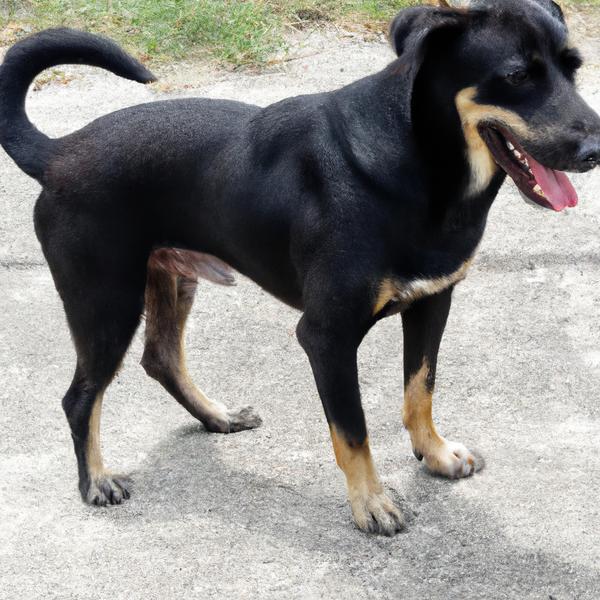
Malanees
Italian-Bichon vs Malanees

Soft-Coated Wheaten Terrier
Italian-Bichon vs Soft-Coated Wheaten Terrier
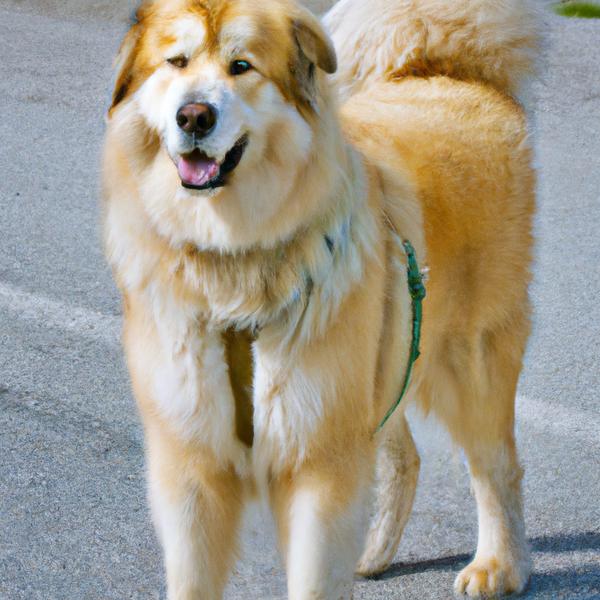
Alaskan Goldenmute
Italian-Bichon vs Alaskan Goldenmute
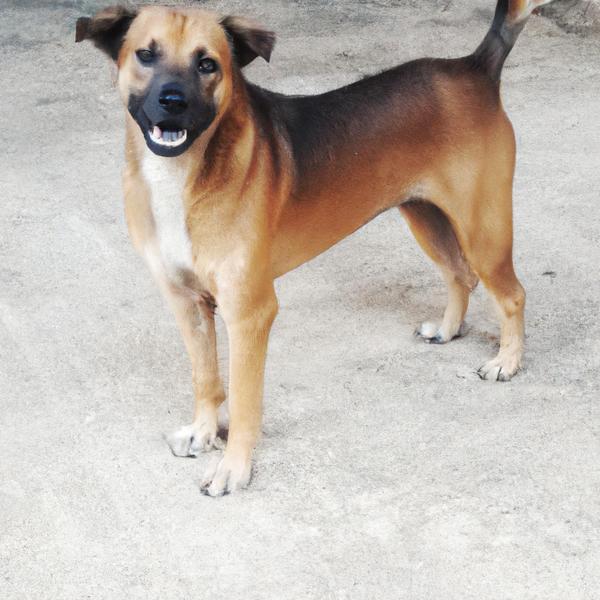
Bassugg
Italian-Bichon vs Bassugg
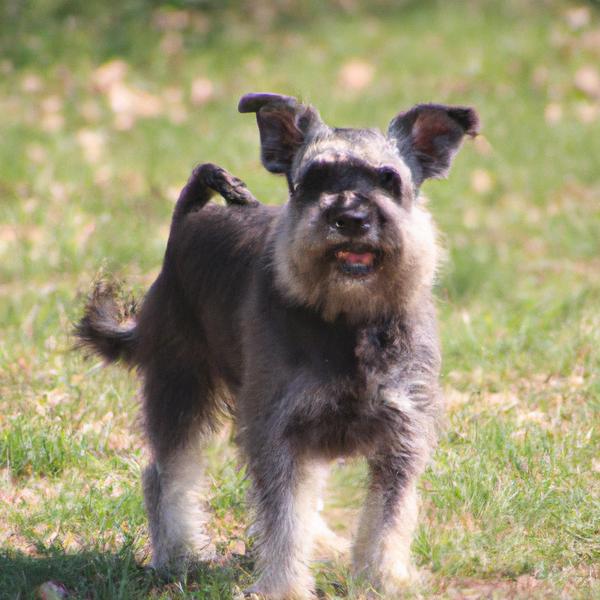
Schnug
Italian-Bichon vs Schnug

Sprollie
Italian-Bichon vs Sprollie
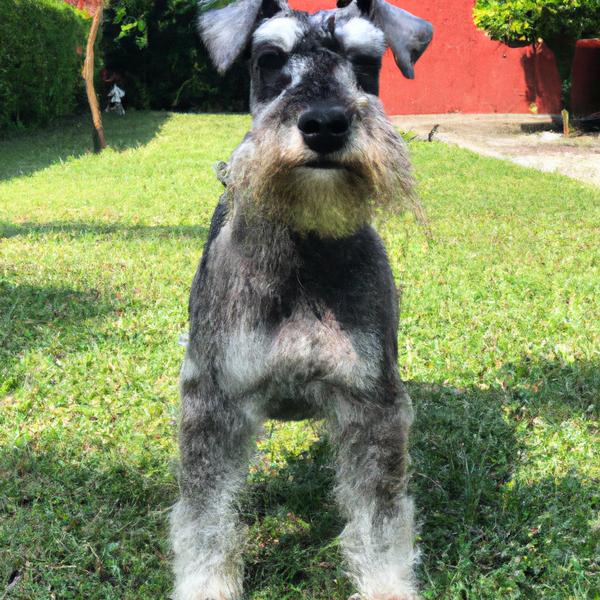
Crested Schnauzer
Italian-Bichon vs Crested Schnauzer
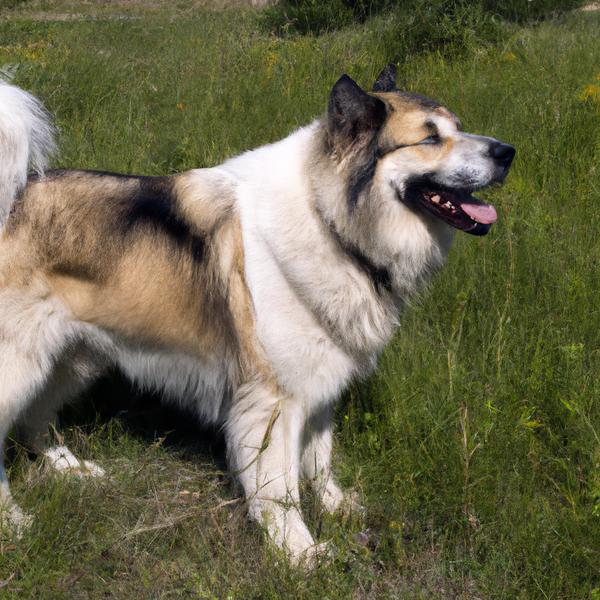
Alaskan Shepherd
Italian-Bichon vs Alaskan Shepherd
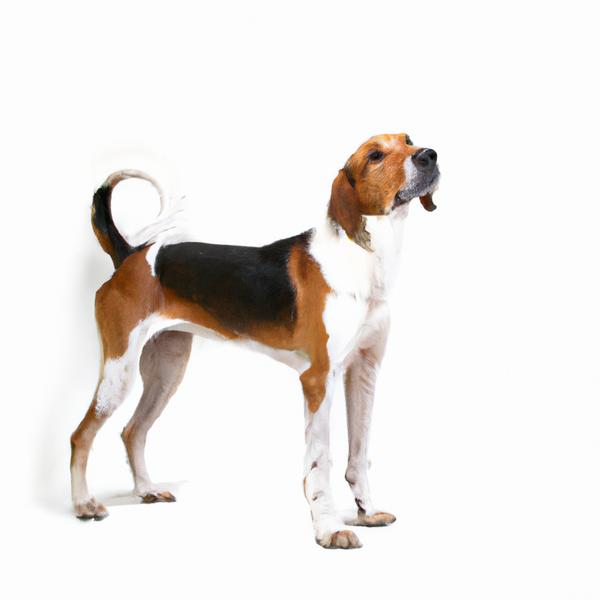
English Foxhound
Italian-Bichon vs English Foxhound
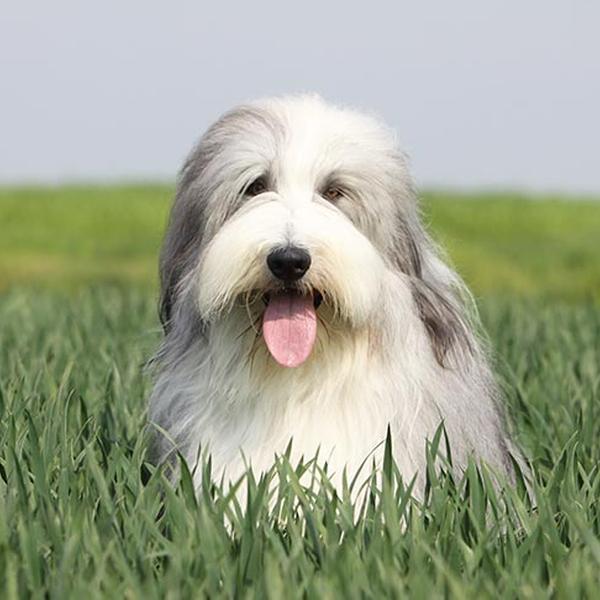
Bearded Collie
Italian-Bichon vs Bearded Collie
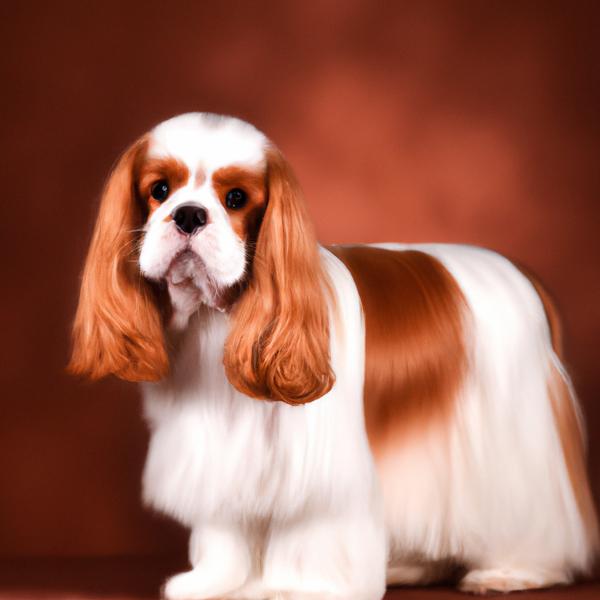
Cav-A-Malt
Italian-Bichon vs Cav-A-Malt

Airedale Terrier
Italian-Bichon vs Airedale Terrier

